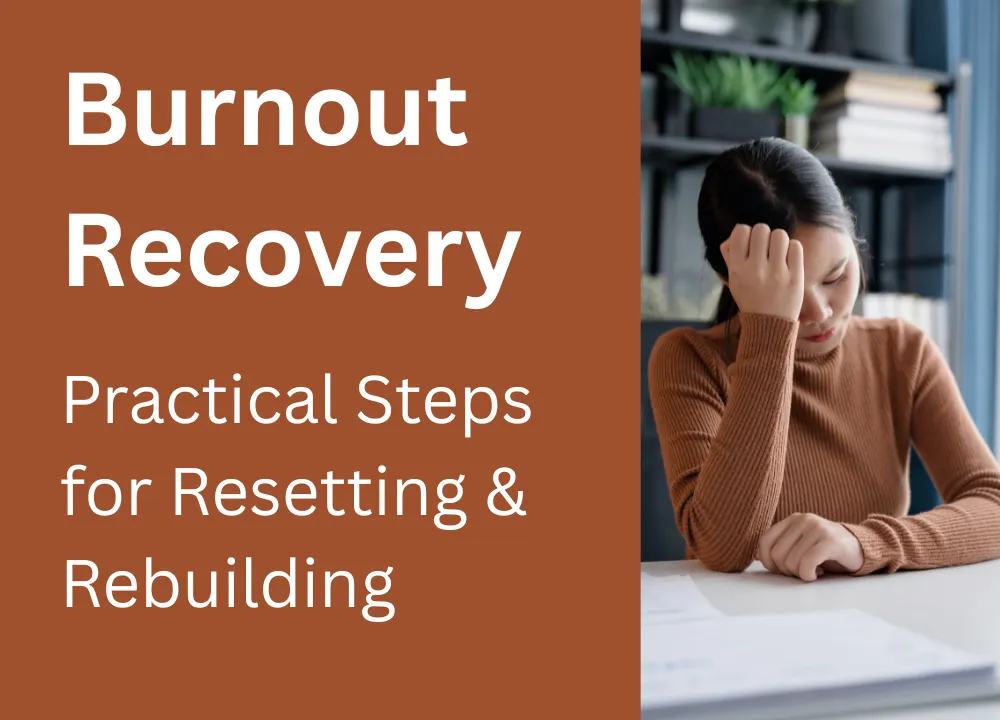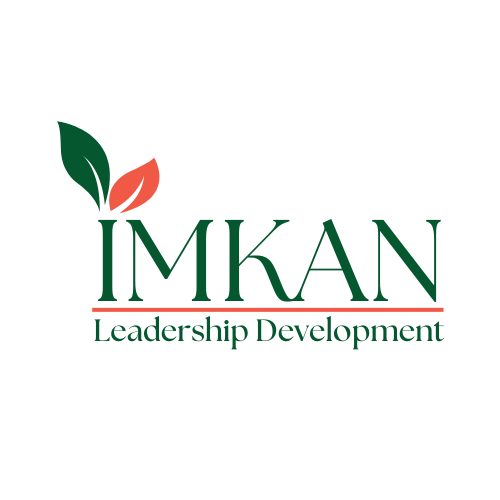
Burnout Recovery: How to Recognize It, Prevent It, and Rebuild Your Energy
It started with a check-in.
One of my clients in the healthcare sector, looked at me and said:
“Nagham, I’m so tired. It’s like no matter how much I do, it’s never enough. I’m forgetting things. I’m snapping at people. I don’t even feel like myself anymore.”
She wasn’t lazy. She wasn’t unmotivated. She wasn’t “too sensitive.”
She was burned out.
And like most people who are driven, she didn’t see it coming because burnout doesn’t always look like collapse. Sometimes, it looks like functioning in survival mode, one calendar block at a time.
What Is Burnout, Really?
Burnout is not just stress. It’s the result of chronic, unmanaged stress that depletes your physical, emotional, and mental resources over time.
The World Health Organization defines burnout as a syndrome stemming from:
Emotional exhaustion
Depersonalization (feeling detached or numb)
Reduced performance and motivation
In short: burnout is what happens when your output constantly exceeds your capacity, with no recovery in between.
How Burnout Happens
Burnout sneaks up on you. It builds slowly, often in high-responsibility, high-stakes roles where your value feels tied to your productivity.
Here’s what I often see:
You stop resting, because there’s too much to do.
You stop asking for help, because you don’t want to be a burden.
You stop pausing, because everything feels urgent.
You stop feeling like yourself, because all you’re doing is responding.
Burnout becomes your baseline.
Burnout Prevention Starts with Awareness
You can’t manage what you don’t notice. Here are early warning signs to watch for:
Constant tiredness, even after rest
Cynicism, dread, or emotional detachment
Feeling unmotivated by things that used to excite you
Difficulty focusing or making decisions
Physical symptoms (tight chest, headaches, stomach issues)
When these symptoms become regular instead of rare, it’s time to pause.
4 Resilience-Based Strategies to Recover from Burnout
At Imkan, I coach clients using my TYRM™ Framework, but for today, I want to offer you four simple practices to begin recovery and rebuilding resilience.
1. Recognize the Pattern
Burnout often repeats itself because we don’t recognize the cycle.
Ask: What led me here and have I been here before?
Self-awareness is the first interruption.
2. Name What’s Draining You
Use an energy audit to identify where your energy is leaking.
Look at tasks, people, commitments.
What’s essential and what’s just exhausting?
3. Reclaim a Recovery Ritual
Small resets matter. It could be:
A 10-minute walk
Logging off on time
A “no meeting” morning
The ritual doesn’t matter. The consistency does.
4. Redefine Productivity
You are not a machine. True productivity includes:
Rest
Focus
Sustainability
Resilience means building a rhythm not just sprinting to survive.
Ready to Recover and Rebuild?
Burnout doesn’t mean you’re weak, it means your systems need support. You can build resilience that lasts.
📥 Download my free Coaching Workbook - it’s filled with reflective prompts and simple tools based on my TYRM™ framework to help you reset your energy and rebuild at your own pace.


